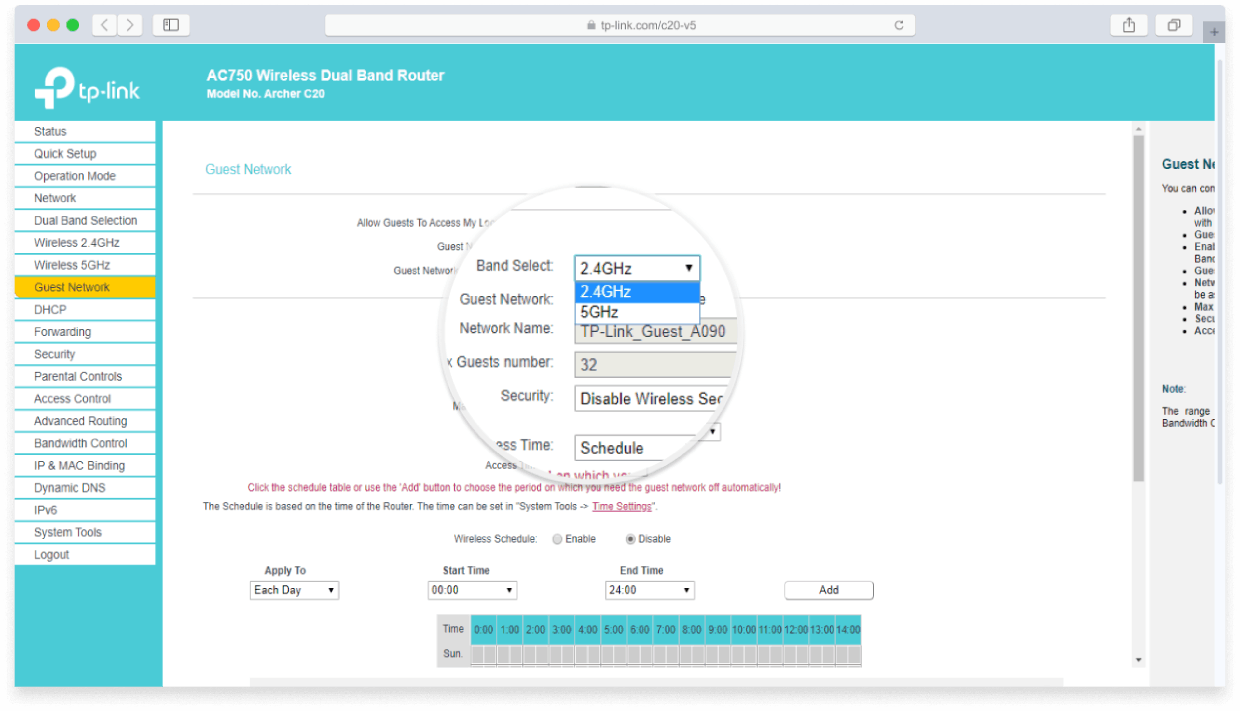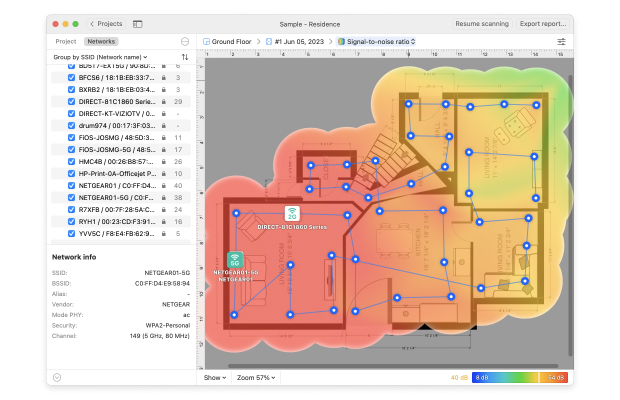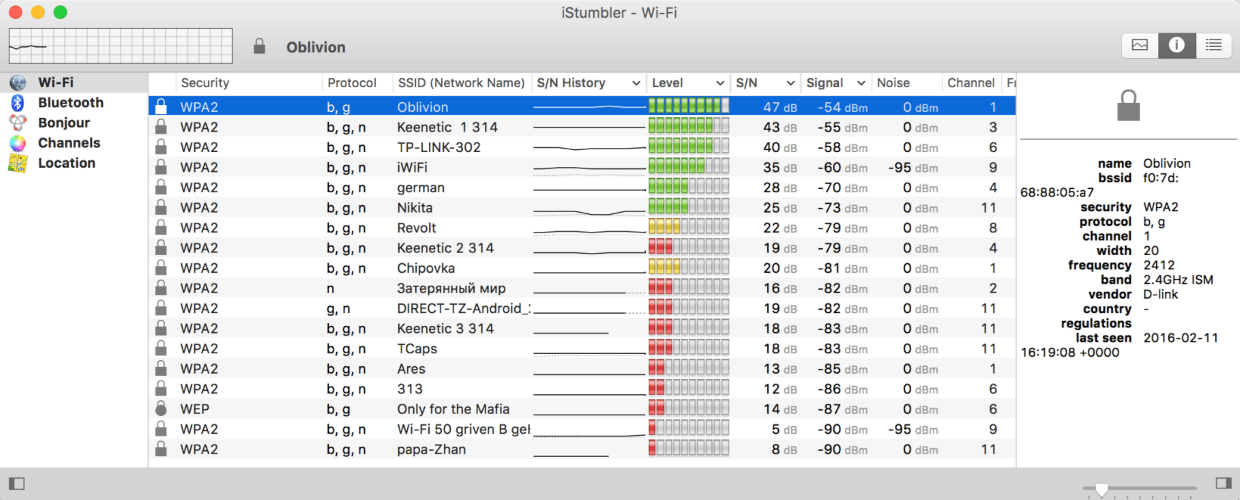

- #Check for wifi interference mac how to
- #Check for wifi interference mac Pc
- #Check for wifi interference mac windows
In the example, there are 9 networks in total. Step #6 – The diagnostics summary provides an overview of the analysis and which Wi-Fi channel is the best in the area for your router. Step #5 – In order to refresh the overview, tap “Scan Now.”

Step #4 – The next window you will see is an overview of all the Wireless Access Points in the range of your router. Instead, click on “Window” in your title bar and tap “Scan” in the drop-down menu. Step #3 – A new window called “Wireless Diagnostics” will open. Step #2 – Find “Open Wireless Diagnostics” in the drop-down menu. Step #1 – Hold the “option” (alt) key and move your mouse to the top-right of your screen. You can do that by running the “Network Diagnostics” on your Mac.įollow the step-by-step explanation below: The first thing you have to do is scan your area to identify all the available Wi-Fi networks.
#Check for wifi interference mac windows
See also: 8 best Wifi stumblers for Windows and Mac
#Check for wifi interference mac how to
How to Find the Best Wi-Fi Channel on Mac Also, in a densely-populated Wi-Fi area, it’s better to have a 2.4 GHz connection because “Noise” has more influence on a 5 GHz wireless connection. Note: a 5 GHz connection isn’t nearly as good as a 2.4 GHz connection at penetrating objects and walls. The major difference between a 2.4 GHz and a 5 GHz wireless connection is the range and bandwidth.Ī 5 GHz wireless connection will provide a faster connection, which is most effective at covering shorter distances.Ī 2.4 GHz wireless connection is more effective at covering farther distances but might do so at a slower speed. What’s the Difference Between 2.4 GHz and 5 GHz? The higher this number is, the better the Wi-Fi connection. Ideally, you want to have a high SNR ratio. Simply subtract the value of “Noise” from the “RSSI” value to get the SNR value.įor example, channel 13 has an RSSI of -49 and the noise is -95. This is called the “SNR” – which stands for “Signal-to-Noise Ratio.” To complete the calculation, we want to measure the difference between these two values. Again, because these numbers are negative, the lowest number would be the one that’s farthest from zero. On the other hand, for “Noise,” you’ll need to look for the lowest number. For example, an RSSI of -45 is better compared to an RSSI of -70. But, because they’re negative, it’s important to remember that “higher” will mean as close to zero as possible. In this case, “Noise” stands for the number of other signals that might interfere with the signal being monitored.īoth values are always in negative numbers.įor RSSI, you’ll have to check for the highest number (the higher, the better).

Noise, also “Noise Floor,” is the sum of all the noise sources and unwanted signals within the connection range. RSSI stands for “Received Signal Strength Indicator.” It tells you how strong the connection between your device and a router is. When you want to find the best Wi-Fi channel, you’ll have to consider two important numbers. I will then instruct you on how to set up your router in order to tune into that channel.
#Check for wifi interference mac Pc
In this step-by-step guide, I will show you how to improve your Wi-Fi connection by finding the best Wi-Fi channel for your router, for both PC and cell phone. In order to get the best possible Wi-Fi connection in your area, you’ll have to switch to a channel that either has no other users (or significantly fewer users) than the current channel you’re using. These issues are often caused by the large number of people attempting to connect to the internet, causing an overload of wireless signals using the same network channel. That said, if you live in an apartment building or densely populated area, you might experience frequent network timeouts, disconnection issues, or an overall slow internet speed. Your router’s wireless access point is connected to a certain channel, which connects you to a Wi-Fi network. N owadays, pretty much everyone has a wireless network connection set up at home.


 0 kommentar(er)
0 kommentar(er)
